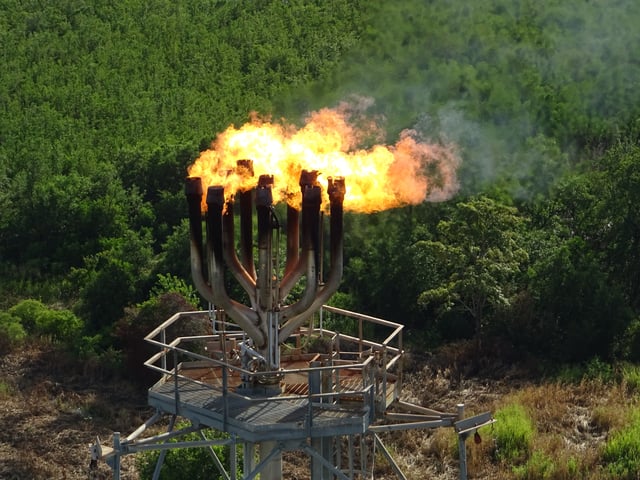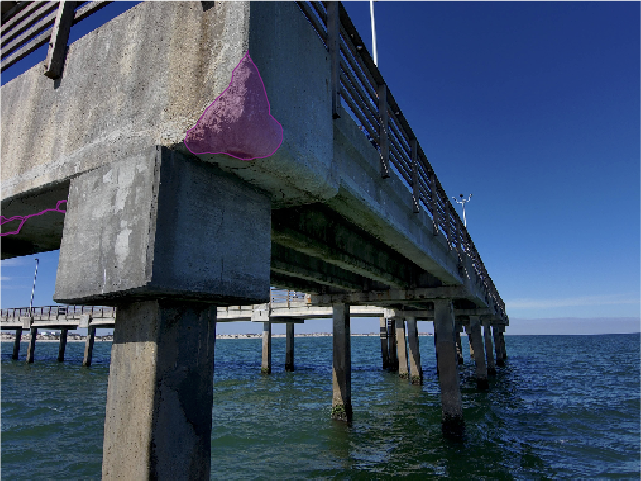The oil and gas industry faces a number of challenges that range from leakages and fires to safety risks, fluctuating demand and prices. Addressing these requires combining various strategies to ensure proper and efficient operations and infrastructure. Detecting and fixing problems is probably one major step towards increasing production and operations, however, this is usually difficult due to the resources and time required to inspect or monitor the entire infrastructure.The oil and gas companies spend quite a substantial amount of money running into millions of dollars to monitor the pipelines every year.
This is especially so when they rely on the traditional and manual methods. But this is slowly changing as the industry turns to new technologies that are not only less costly but are quick, efficient and safer.Manufacturers continue to develop enabling technologies such as the drones, which are already providing unique aerial solutions. The devices provide a safe means of inspecting the lines and other infrastructure such as detecting the leaks, damage, vegetation encroachment, spills, vandalism and more.

Safety challenges in the oil and gas industry
The oil and gas industry faces a variety of safety risks arising from accidents, fires, falls, difficult terrains, hostile communities and more. Damages and leaks may occur on critical infrastructure such as the pipelines which often cover many miles and sometimes through hostile or difficult terrains. This may go unnoticed for some time and expose the community and the environment to toxic liquids and gasses.
Further, ensuring that the infrastructure and facilities are safe requires regular monitoring, inspections, and maintenance. Performing these activities together with other normal duties exposes the employees to safety risks, such as;
- Health problems when they inhale the gases and fumes.
- Risk of fires and explosions
- The workers or inspectors may fall from the structures when inspecting or maintaining them.
- Falls when inspecting the structure while hanging down helicopters or climbing gear.
- Vehicles accidents when employees are traveling to and from the field.
- Hostile environments, communities, weather as well as difficult to access terrains or facilities
- Confined spaces where workers may get stuck or have inadequate room to work efficiently
- Exposure to toxic chemicals and gases due to leakages and spills
The nature of the products, processes, and activities in and out of the oil rigs, factories, and distribution channels are inherently risky. For this reason, the workers must be extra careful and strictly adhere to safety codes. However, even after doing this, it is not possible to entirely eliminate all the risks, and especially when using the traditional inspection and monitoring tools and methods.
How drones minimize risks in the oil and gas industry
The traditional, manual inspection of the oil and gas facilities is usually risky, time-consuming and costly. But the industry can automate most of this task using modern technologies such as drones, which not only improves the safety but also the efficiency and cost reduction. UAVs can greatly improve the safety of the workers and operation of the company while cutting costs and increasing efficiency.
- The drones have the ability to access the hostile environments, overcome harsh weather conditions and do not suffer from the toxic gases. In addition, the unmanned aerial devices collect more comprehensive data compared to what a human can do.
- Since drones can access difficult or hard-to-reach locations of the structures as well confined or risky areas, they eliminate the need for workers to climb over high structures or hang dangerously from inspection helicopters.
- The drones will also reduce the need to travel to the facilities since it only requires an operator to send a drone and monitor the structures remotely from a control room or an inspection vehicle from a safe distance.
- By collecting and relaying the inspection data to the control room in real time or within a short time, the drone enables the technical teams to quickly identify defects and take the necessary measures before leakages or other serious occur. Doing the repairs or maintenance in good time prevents the leakages which can lead to fires, environmental degradation, and contamination and health problems.
- Since it is very easy and quick to deploy a drone to perform inspection tasks, they can greatly increase the safety of the employees of the public by fast analyzing the conditions in a certain location before sending an individual. In addition, they can safely and quickly check a leakage, spill or fire and hence improve the evacuation activities for the public.
Benefits of drones in the oil and gas industry
Besides improving safety, the drones come with other benefits. These include;
- Saving time to carry out the inspections and improving the response time to fix problems.
- Saving the inspection costs for the oil and gas companies
- Provides high quality and comprehensive inspection data
- Increasing the safety of workers and public
- Ability to carry out the inspection without having to send the humans to risky locations.
- Reducing insurance costs of the employees since they perform less risky jobs
- Improves the operations, productivity, and efficiency.
- Reducing the operational and maintenance cost.
- No need to shut down operations hence improved productivity
CONCLUSION:
There are dozens of safety risks in the oil and gas industry, which the management, employees and even public should always prevent or avoid. These may vary from one location, application or process to another as well as depending on the safety policies that the company has put in place.
The risks range from highly flammable and toxic fumes and gases to fires and explosions. That is why the regulatory and government bodies emphasize very much on the need to strictly follow the codes, standards and best practices.
While some companies still rely on traditional inspection and monitoring methods, using drones with the appropriate sensors enables them to improve safety and efficiency at a lower cost. The UAVs have to reduce operational risks for the workers while making it easy and quicker to identify and fix defects before they lead to bigger problems.
About Industrial SkyWorks:
Industrial Skyworks (ISW) is a commercial, Unmanned Aerial System (UAS) and data management solutions company with offices in Houston, Toronto and Trinidad. Founded in 2012 by pilots with backgrounds and expertise in aircraft safety systems, risk management and aeronautical sciences, ISW inspects buildings, and oil and gas infrastructure using small Unmanned Aerial Systems (sUAS). They are the first company ever to receive FAA approval for night-time commercial drone operations and flew the first ever FAA-sanctioned night flight in the U.S., in the Fall of 2016.
Tags
Oil and Gas



.png)
